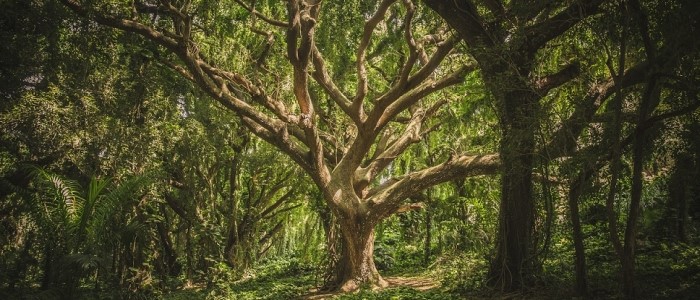3 Facts About Hardwood Trees

The wood of these trees is generally hard and dense but there are exceptions.
3 facts about hardwood trees. Deciduous trees are mainly hardwood and are often grown for timber. This wood is almost always labeled as white oak in the market. America s forests contain hundreds of different hardwood tree species. Deciduous trees have broad large leaves which tend to drop in the fall.
The bur oak is the most common oak in america and it can grow to a height of 160 feet tall and 8 feet wide. Softwood trees generally grow faster than hardwoods and are usually less dense. One of the more intriguing tree facts involves the sheer number of tree species that there are around 100 000 that we know of. Fun facts about trees.
Leaves appear green because chlorophyll absorbs red and blue light energy causing the green energy to bounce off the leaf s surface. General sherman a giant sequoia is the largest tree by volume in the world standing 275 feet 83 8m tall with 52 000 cubic feet of wood 1 486 6m. In fact about 40 percent of american trees are in the hardwood category. Other examples of hardwoods include oak maple walnut ash and poplar.
We commonly refer to softwoods as evergreens conifers or even just pine trees though they are not. Bur oak more than 52 of all hardwoods in north america are oak trees. Hardwood trees are also slower growing than softwood ones leading to higher prices. The trees have broad leaves rather than needle like leaves.
How many of the 10 most common hardwood trees could you identify by the leaves. Hardwoods are not always harder than softwoods balsa wood being an example of this. These include deciduous and coniferous species. About 90 percent of all the trees in pennsylvania s forests are hardwoods.
This guide features 20 of the most abundant and most often used hardwood species. Wood hardness varies among the hardwood species and some are actually softer than some softwoods. Trees provide food and shelter for wildlife. They produce a fruit or nut and often go dormant in the winter.
All hardwoods are angiosperms flowering plants the largest group of land plants. Hardwood is not always harder than softwood. In addition to the basics where they grow general description and abundance. Balsa wood which is considered a hardwood is a rather soft wood when compared to the hardness of most softwoods.
Trees with broad flat leaves as opposed to coniferous or needled trees. Tracheids perform the same function as the pores in hardwood trees and also produce sap which protects the trees from pests and transports water and other essential elements necessary for growth. Hardwood is contrasted to softwood which comes from conifers cone bearing seed plants. Hardwood is wood from deciduous trees and broad leaf evergreen trees.
As a resource american hardwoods are abundant renewing and sustainable and an excellent choice for eco effective design and building. Deciduous perennial plants which are normally leafless for some time during the year. Hardwood trees lose their leaves each autumn. The guide to american hardwood species.



















